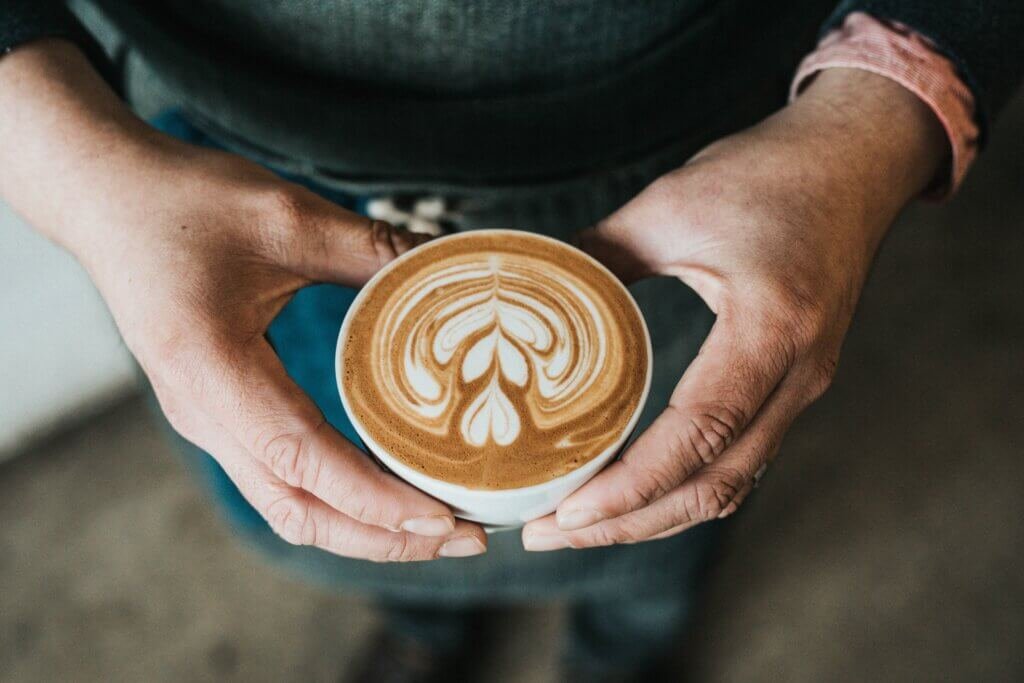Are you tired of the same old cup of joe every morning? Well, fret no more because exciting new coffee brewing techniques are here to revolutionize your morning routine! From pour-over methods that extract the most flavorful notes, to the mesmerizing art of cold brew, coffee aficionados everywhere are buzzing with excitement. Get ready to embark on a caffeinated adventure like never before, as we unravel the secrets and innovations behind these new brewing techniques. Your taste buds are about to dance with delight!

1. Cold Brew
What is Cold Brew?
Cold brew is a unique coffee brewing method that involves steeping coffee grounds in cold or room temperature water for an extended period of time, typically 12 to 24 hours. This slow extraction process creates a smooth and less acidic coffee concentrate, which can be diluted with water or served over ice. Unlike traditional brewing methods that use hot water, cold brew produces a rich and flavorful coffee with lower acidity levels.
How to Make Cold Brew
Making cold brew at home is surprisingly simple. All you need is coarsely ground coffee, water, and a container for steeping. Start by combining one part coffee grounds with four parts water in a jar or pitcher. Stir the mixture gently to ensure all the grounds are saturated. Then, cover the container and let it steep in the refrigerator for at least 12 hours. Once the steeping time is up, strain the coffee concentrate through a fine mesh sieve or a coffee filter to remove the grounds. The resulting cold brew can be stored in the refrigerator for up to a week.
Benefits of Cold Brew
Cold brew offers several advantages over traditional coffee brewing methods. Firstly, its low acidity makes it easier on the stomach, reducing the risk of heartburn or acid reflux. Additionally, the slow extraction process extracts fewer bitter compounds, resulting in a smoother and less bitter coffee. Cold brew is also highly versatile and can be enjoyed in various ways – diluted with water, mixed with milk or cream, or even used as a base for refreshing coffee-based beverages. Its long shelf life is another advantage as it can be prepared ahead of time and enjoyed throughout the week. Overall, cold brew is a fantastic alternative for coffee lovers seeking a milder and more flavorful experience.

2. AeroPress
Overview of AeroPress
The AeroPress is a popular coffee brewing device that allows coffee enthusiasts to brew a single cup of coffee quickly and easily. It consists of two cylindrical chambers, a plunger, and a filter. The AeroPress works by steeping coffee grounds in water before pressing the liquid through a filter using air pressure. This innovative brewing method extracts a rich and aromatic coffee with a smooth mouthfeel.
Steps to Brew Coffee with AeroPress
To brew coffee with the AeroPress, start by placing a paper filter in the filter cap and securing it to the bottom chamber. Rinse the filter by pouring hot water through it and discard the rinse water. Next, add the desired amount of ground coffee to the bottom chamber and pour hot water over the grounds. Stir the mixture gently for about 10 seconds to ensure even extraction. Afterward, insert the plunger into the chamber and press down slowly and steadily until you hear a hissing sound. This indicates that all the liquid has been extracted. Finally, detach the bottom chamber, eject the used coffee grounds and filter, and enjoy your freshly brewed coffee.
Advantages of AeroPress
The AeroPress offers several advantages that have contributed to its popularity among coffee enthusiasts. Firstly, its compact and portable design makes it perfect for brewing coffee on the go – whether you’re camping, traveling, or simply in need of a quick cup at the office. The AeroPress is also incredibly versatile, allowing you to experiment with different grind sizes, water temperatures, and brewing times to achieve your desired taste. Furthermore, the paper filters used in the AeroPress result in a clean and sediment-free cup of coffee. Finally, the ease of use and quick brewing time make the AeroPress an excellent option for those seeking convenience without compromising the quality of their coffee.

3. Pour Over
Understanding Pour Over
Pour over brewing is a manual coffee brewing method that involves pouring water over coffee grounds in a steady, controlled manner. It requires a pour over device, such as a V60, Chemex, or Kalita Wave, and a paper or metal filter. Pour over brewing allows for precise control over variables such as water temperature, flow rate, and extraction time, resulting in a flavorful and well-balanced cup of coffee.
Techniques for Pour Over Brewing
To brew coffee using the pour over method, start by placing a filter in the pour over device and rinsing it with hot water to remove any paper taste. Then, add the desired amount of finely ground coffee to the filter and give it a gentle shake to level the grounds. Begin the brewing process by pouring a small amount of hot water over the grounds to saturate them evenly. Allow the coffee to bloom for about 30 seconds, then gradually pour the remaining water in a circular motion, maintaining a consistent flow rate. The total brewing time should generally range between two to four minutes, depending on your taste preferences. Once the brewing is complete, remove the pour over device and enjoy your flavorful coffee.
Benefits of Pour Over
Pour over brewing offers several benefits that have made it a favorite among coffee enthusiasts. Firstly, the manual nature of the process allows for greater control over the variables that influence the taste of the coffee, such as water temperature and flow rate. This control enables you to highlight specific flavor notes and achieve a more balanced cup of coffee. The slow and gradual extraction process extracts the desired flavors and aromas while minimizing bitterness and over-extraction. Additionally, pour over brewing can be a meditative and enjoyable experience, allowing you to appreciate the artistry and craftsmanship involved in creating a great cup of coffee.

4. French Press
What is French Press?
The French Press, also known as a press pot or plunger pot, is a classic and beloved coffee brewing method. It consists of a cylindrical glass or stainless steel container with a plunger and metal mesh filter. The French Press works by steeping coffee grounds in hot water before separating the liquid from the grounds by pressing the plunger. This immersion brewing process results in a rich and full-bodied coffee with a robust flavor profile.
Steps for French Press Brewing
To brew coffee with a French Press, start by preheating the press with hot water to help maintain the desired brewing temperature. Then, add coarsely ground coffee to the empty press, using a ratio of one part coffee to 15 parts water. Slowly pour hot water over the coffee, ensuring that all the grounds are saturated. Give the mixture a gentle stir to ensure even extraction, and then place the plunger and filter on top of the press without pressing it down. Allow the coffee to steep for about four minutes. Once the steeping time is up, firmly press the plunger down to separate the coffee grounds from the liquid. Pour the freshly brewed coffee into your favorite mug and enjoy the rich flavors.
Advantages of French Press
The French Press offers several advantages that have made it a beloved brewing method by many coffee enthusiasts. Firstly, its simplicity and ease of use make it accessible to both beginners and experienced coffee brewers. The French Press also allows for full immersion brewing, which extracts a rich and robust cup of coffee with a fuller body and intense flavors. Its metal mesh filter retains the coffee’s natural oils and fine particles, resulting in a full-bodied and aromatic brew. Additionally, the French Press offers flexibility in terms of brewing time and coffee-to-water ratio, allowing you to customize your coffee to your personal taste preferences.



